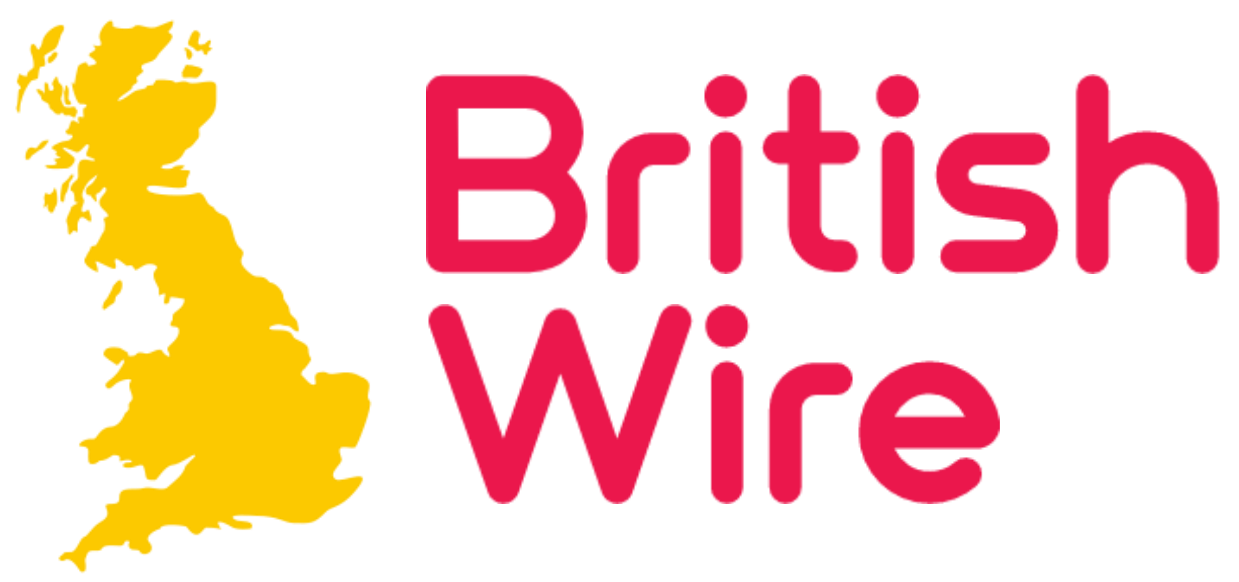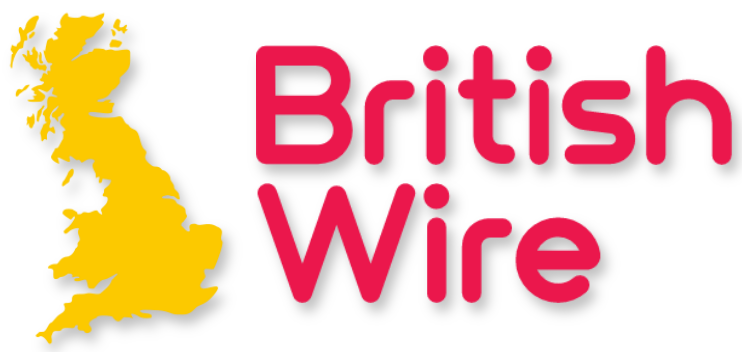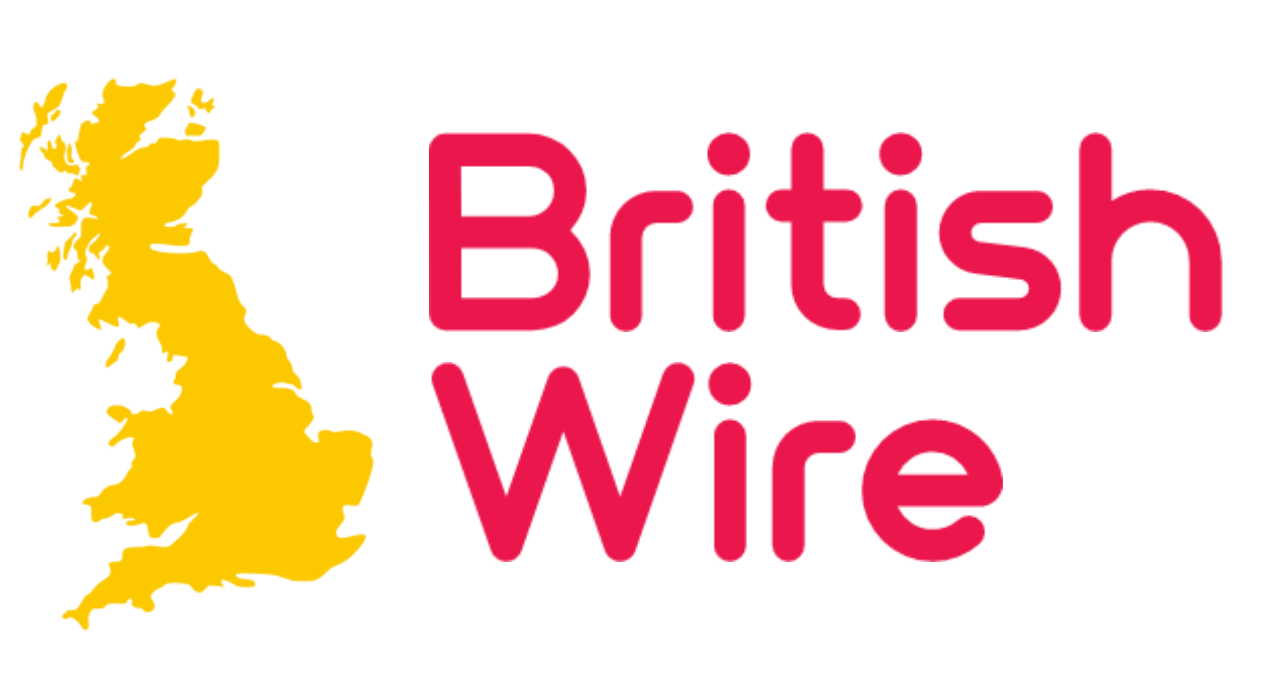Maintaining the financial health of a company is critical for its long-term success. Identifying and addressing debt issues early can prevent more severe financial problems down the line. This article explores the signs of potential debt problems and outlines steps companies can take to address these issues proactively.
Signs of Potential Debt Problems
1. Declining Cash Flow
A consistent decline in cash flow is one of the earliest signs of potential debt issues. If your business is struggling to generate enough cash to cover operating expenses, it may be a sign that debt levels are becoming unmanageable.
2. Increasing Debt-to-Equity Ratio
The debt-to-equity ratio measures the proportion of debt to shareholders’ equity. A rising debt-to-equity ratio indicates that a company is relying more on borrowed funds than on its own capital, which can be a red flag for financial instability.
3. Frequent Use of Credit Lines
Regularly maxing out credit lines or revolving credit facilities to meet day-to-day expenses can signal underlying debt problems. This reliance on credit indicates that the business is not generating enough internal cash flow to sustain operations.
4. Difficulty Meeting Debt Obligations
Struggling to make timely debt payments, whether on loans, bonds, or other forms of credit, is a clear sign of financial distress. This includes missing payments, making late payments, or renegotiating terms frequently.

5. Negative Working Capital
Negative working capital occurs when a company’s current liabilities exceed its assets. This situation indicates that the company may not have enough short-term assets to cover its short-term liabilities, leading to liquidity issues.
6. Vendor Payment Delays
Delaying payments to suppliers and vendors is often a tactic used by companies facing cash flow problems. Consistently late payments can damage relationships with suppliers and lead to supply chain disruptions.
7. Decreased Profit Margins
A decline in profit margins can indicate inefficiencies or increased costs that are not being offset by revenues. Reduced profitability can exacerbate debt problems by limiting the funds available for debt repayment.
Steps to Address Debt Issues Early
1. Conduct a Comprehensive Financial Audit
Perform a thorough financial audit to understand the current state of your company’s finances. This audit should include a review of income statements, balance sheets, cash flow statements, and existing debt obligations.
2. Improve Cash Flow Management
Enhancing cash flow management is crucial for addressing debt issues. Implement strategies such as speeding up receivables, optimizing inventory levels, and controlling expenses to improve cash flow.
3. Restructure Existing Debt
If debt obligations are becoming unmanageable, consider restructuring your debt. This can involve negotiating lower interest rates, extending repayment terms, or consolidating multiple debts into a single, more manageable loan.
4. Develop a Debt Reduction Plan
Create a detailed debt reduction plan outlining specific actions to reduce debt levels. This plan should include setting realistic debt reduction goals, prioritizing high-interest debt, and allocating extra funds toward debt repayment.
5. Enhance Profitability
Improving profitability can provide additional funds to address debt issues. Focus on increasing sales, reducing costs, and enhancing operational efficiency to boost profit margins.
6. Seek Professional Advice
Engage financial advisors or consultants to help identify the root causes of debt problems and develop effective strategies to address them. Professional advice can provide valuable insights and tailored solutions for your business.
7. Monitor Financial Health Regularly
Regularly monitor key financial metrics to maintain your company’s financial health. This includes tracking cash flow, debt levels, profit margins, and other relevant indicators. Early detection of potential issues allows for timely intervention.
8. Strengthen Internal Controls
Implement strong internal controls to prevent financial mismanagement and ensure accurate financial reporting. Effective controls can help identify issues early and reduce the risk of fraud or errors that could exacerbate debt problems.
Identifying and addressing debt issues early is essential for maintaining a company’s financial health. By recognizing the signs of potential debt problems and taking proactive steps to address them, businesses can prevent financial distress and ensure long-term stability. For personalized advice on improving your company’s financial health and managing debt effectively, consider visiting cisdrs.com. Our experts can provide tailored recommendations to help you navigate the complexities of debt management.
















